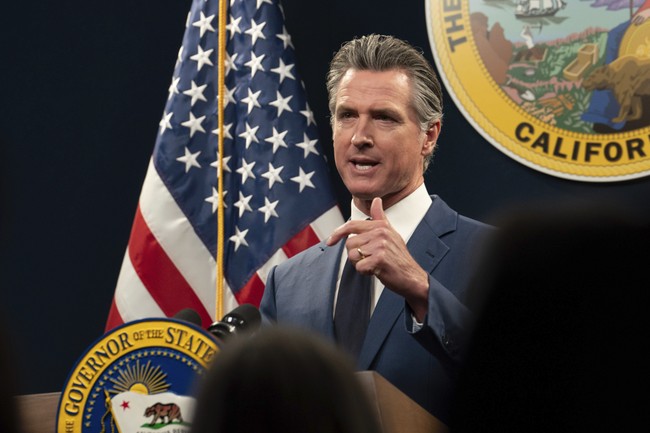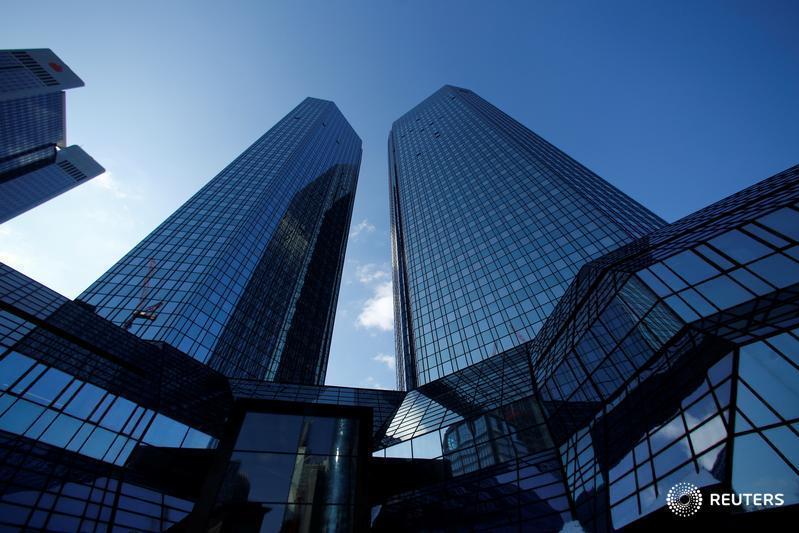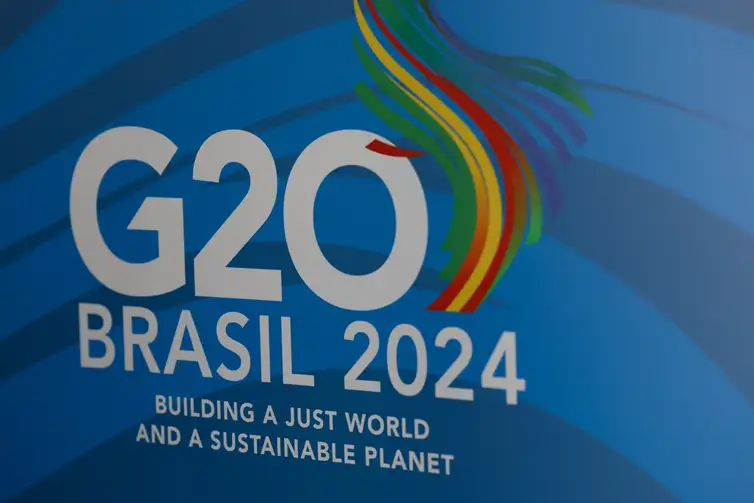Energizing Tomorrow: MENA's renewable leap
As the MENA region spearheads growth in renewables, the world wrestles with the ambitious goal of tripling clean energy by 2030 amidst various challenges.
Published June 06, 2024 - 00:06am

Image recovered from oilprice.com
The Middle East and North Africa (MENA) region is experiencing unprecedented advancement in renewable energy, aiming to elevate capacity from under 50 gigawatts in 2022 to a formidable 200 GW by 2030. A report by the International Energy Agency (IEA) underscores the region's highest global growth factor, propelled by Saudi Arabia, Egypt, and Algeria.
Saudi Arabia, with less than 1 GW installed capacity, intends to soar its renewables to 59 GW by 2030, far surpassing its 2016 ambition. Algeria and Egypt have also set significant goals – targeting at least 14 GW of solar and 5 GW of wind, and a renewable capacity of 37 GW, respectively, by the end of this decade.
The global community, however, remains off track in achieving the tripling of renewable energy capacity by 2030, as pledged at COP28. Actions on these aspirations remain fragmented, with current Nationally Determined Contributions (NDCs) totaling only 1,300 GW, merely 12% of the 11,000 GW needed. A sobering reminder that despite soaring solar PV and wind deployments that have tripled since the Paris Agreement in 2015, only 14 out of 194 countries enshrine explicit renewable capacity targets for 2030 in their climate plans.
Though countries individually strive to integrate clean energy, collective efforts fall short of the 2030 commitments. IEA's Executive Director, Fatih Birol, emphasizes the viability of the tripling target, yet its achievement hinges on the swift transformation of commitments into tangible action plans. Investments in renewables fortify the economy, unlocking new industries and job opportunities, provided that hurdles such as lengthy permitting, insufficient grid investment, and prohibitive financing costs in developing economies are surmounted with effective governmental policy and targeted actions.
While MENA embarks on a visionary path, the stark contrast between high ambitions and actual policies in place at the global stage is evident. The race against time for a sustainable energy transition requires not just pledges but proactive, cross-border cooperation and concrete policy frameworks that empower countries to meet these lofty goals.
The surge in renewable energy development within the MENA region is not merely a response to global climate commitments but also a strategic move to diversify energy sources, mitigate the risk of volatile oil markets, and sustain long-term economic growth. The region's abundant solar and wind resources offer a golden opportunity to shift towards a greener economy. This transition to renewable energy is widely supported by the decline in costs for producing solar and wind power, which are pivotal factors in the acceleration of renewable energy adoption across the region.
Investments in the MENA region's renewable energy sector have gained momentum, with international collaborations and financing from development banks playing a central role. Key projects illustrating this growth include the Mohammed bin Rashid Al Maktoum Solar Park in the UAE, expected to be the world's largest solar park upon completion, and Morocco's Noor Complex Solar Power Plant, one of the largest concentrated solar power plants globally. These are indicative of the region's ability to leverage its renewable resources to become a global leader in clean energy.
Moreover, the drive for renewable energy in the MENA region is aligned with the global sustainable development goals, which place considerable emphasis on clean and affordable energy. By prioritizing renewables, these countries contribute to global efforts in reducing carbon emissions and curbing the adverse impacts of climate change. Furthermore, with renewable energy comes the promise of enhanced energy security and independence, reducing reliance on fossil fuel imports and exposure to price fluctuations.
Despite these advancements, the IEA report highlights the necessity for MENA countries to not only invest in energy generation but also to enhance their energy storage capabilities. Storage technologies enable a stable energy supply despite the intermittent nature of solar and wind resources. Additionally, integrating renewables into existing power grids and markets demands improving the regional energy infrastructure, a vital step towards ensuring reliability and maximizing the potential of these energy sources.
The focus on renewables by countries like Saudi Arabia, Egypt, and Algeria sends a powerful message to the international community about the region's commitment to energy transformation. With these nations paving the way, it becomes increasingly important for others within the MENA region to follow suit, recognizing the potential economic and environmental benefits of a renewable energy-driven future. As nations worldwide grapple with the challenge of transitioning to sustainable energy systems, the MENA region's current trajectory serves as an inspiration, reflecting an era of change that might reshape global energy landscapes in the years to come.






